Annuals
Plants that last one season only and need to be replanted in the spring.
Biennials
Plants that live for two years; typically producing foliage the first season and flowering and setting seed the second.
Coated Seeds
Seeds that have been dressed with a chemical to enhance performance or discourage pests.
Companion Plants
Plants that have a symbiotic relationship with neighboring plants, assisting in their growth. They serve in a variety of ways including providing nutrients, shade or support. They also attract beneficial insects and repel pests. Marigolds are a good example of an effective companion plant, enhancing the growth of various herbs and vegetables because they deter destructive beetles.
Compost
Decayed organic material used to improve the quality of soil to enhance plant growth. You can buy compost at your local garden supply store or create your own using kitchen food scraps and other organic material such as grass clippings, shredded leaves, etc.
Cotyledons
Also known as "seed leaves", resembling clover, these are the first leaves to emerge from the soil when a seed germinates. They appear in a set of two and are part of the seed embryo and are responsible for nourishing the seedling until the first "true leaves" emerge. These cotyledons wither and die at some point after the true leaves appear.
Cover Crop
A crop of plants planted to protect the soil from degradation related to erosion, weeds, pests, disease, and nutrient depletion, ultimately restoring its quality. Legumes make good cover year-round cover crops.
Deadheading
As in removing dead flower heads from a plant to encourage reblooming, not the act of following the famous band around as a tie-dyed-clad groupie. Deadheading should be done regularly and continuously to promote a full floral display all season long.
Direct Sow
This involves planting seeds directly in the outdoor garden. This is easier than having to transplant seedlings (assuming some weather event doesn't interfere) and some plants demand it because they don't transplant well.
Double Flowers
These are varieties of flowers with many extra petals sometimes referred to as "a flower within a flower within a flower", developed via genetic mutation. Double petunias are a good example. Offering a striking display, these are prized as garden plants but most don't attract bees—though some attract other pollinators such as butterflies—because their petal structure makes them almost impossible to pollinate.
Hardening off
This is the process of gradually acclimating plants and seedlings grown indoors to the cooler and more unpredictable outdoors environment.
Hardiness Zone
A map of the U.S. developed by the USDA, divided into zones reflecting the average temperature in a particular growing region. The is the standard that allows growers and gardeners to determine which plants will thrive in their region.
Heirloom
A open pollinated seed variety that has a history of being passed down through generations. Generally better tasting and more nutritious than hybrids but typically doesn't yield as much, may be imperfect looking, and is more prone to disease.
Hybridization
The controlled process of crossing pollen from two genetically different plants species or varieties to breed a desired trait. The first generation (F1) plant created this way may be more robust, producing higher yields - hence the term "hybrid vigor". However, the subsequent generation of plants grown from hybrid seeds most likely will not possess the same traits as the parent, resulting in seeds that are unpredictable and, therefore, not necessarily desirable to gardeners.
Mulch
Any material spread over the soil and around plants to help conserve moisture and discourage weed growth. Any number of organic materials can be used for mulch including compost, shredded leaves, bark, grass clippings, straw, etc. Organic materials look natural and serve to enrich the soil. Otherwise, you can use a synthetic material such as plastic which is really effective but not as esthetically pleasing.
Native Flowering Plant
A plant that has evolved naturally in a particular region or ecosystem without human intervention. Such plants have a symbiotic relationship with native wildlife and exist within a natural system of checks and balances. Otherwise known as a true wildflower.
Non-GMO
Seeds that haven't been genetically engineered whereby genetic material is transferred outside of natural reproductive methods.
Open Pollinated
The plants from which the seeds originated were pollinated naturally (via bees, birds, and wind). When pollen flow is not restricted—or open—the result is seeds that are more genetically diverse and will produce plants that will adapt well to local growing conditions that produce genetically stable seeds.
Perennials
Plants that return year after year, automatically, after being first planted.
Pesticide
Any chemical compound intended to prevent or destroy garden weeds and pests.
Pinch back stems
This is a form of pruning the growing tips on main plant stems to encourage branching and prevent reduce "legginess", resulting in a fuller, more attractive plant.
Self-Seeding
Annual plants that produce copious amounts of seed that allow them to reseed themselves and re-grow year after year.
Solitary Bees
Accounting for the vast majority of bees in the world, these are bees which are not social and don't live in colonies with a queen. They vary in size, appearance and nesting behavior and don't produce honey. They derive sustenance from nectar from flowering plants.
Thinning Plants
This involves removing extra/excess seedlings growing too close together to allow the remaining plants to grow more vigorously since they will no longer be competing for air, water and nutrients in a crowded growing space.
Transplant Seedlings
The act act of moving seedlings from a temporary indoor growing medium/location to their permanent place in the garden or a container outside. In northerly climates with relatively short growing seasons, experts recommend planting the seeds in containers indoors to give them a head start. Not all seedlings lend themselves to transplanting.
True Leaves
These are "real" leaves that emerge as seedlings grow, resembling the leaves of a mature plant, unlike the cotyledons. They take over the job of nourishing the plant through photosynthesis. Once these leaves appear, the seedlings are ready to be thinned and transplanted.
Well-Drained Soil
This is permeable soil that allows water to leach through it quickly—in a matter of minutes—rather than serving as a barrier to cause water to pool for extended periods. Standing water is detrimental to most plants because it deprives their roots of needed oxygen.

